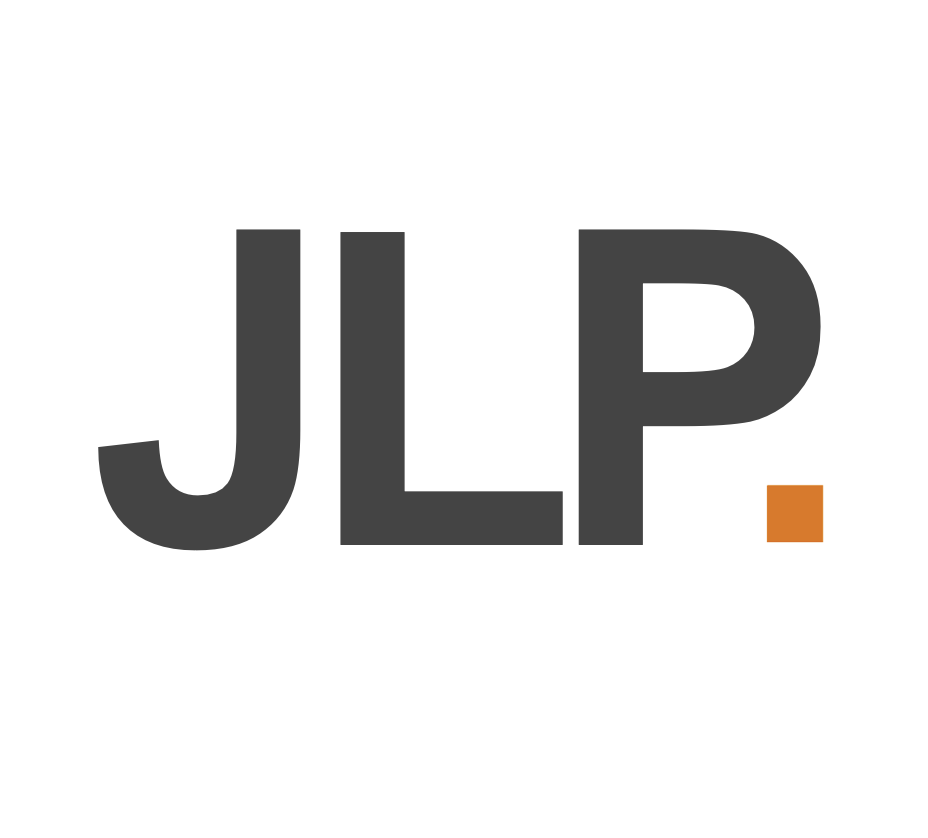Projections show Reform UK and Conservatives would be neck-and-neck in an election today
The latest results from JL Partners’ POLARIS model suggests that Labour would win under 220 seats if an election were held today, with almost no chance of a coalition of parties being able to form a government
Our projections now have Reform UK on 135, trailing the Conservative Party by only a single seat
Reform UK would gain 130 seats for a total of 135, with 105 of those new seats coming from current Labour seats and 25 from the Conservatives.
The Conservatives would win 136 seats, claiming only 15 seats back since the 2024 election
Reform UK is currently projected to come second in an additional 188 seats, making for a total of 323 in which Reform UK are projected to win or come second. This compares to only 336 for the Conservative Party.
The POLARIS model indicates a fragmented political landscape, where forming a stable governing coalition would be exceptionally difficult. Labour, despite still being predicted to be the largest party, is projected to fall significantly short of a majority. The number of seats that Reform UK stands to come second in, 188, demonstrates their potential for growth, particularly with a strong campaign ahead of the next election. Latest POLARIS projections suggest Reform UK’s momentum continues as their predicted seat total continues to rise, with the party now projected to win 135 seats across England and Wales. Some major Labour party figures are set to lose their seats to Reform UK candidates including Angela Rayner, the Secretary of State for Housing, Communities and Local Government, Yvette Cooper, the Home Secretary, and John Healy, the Secretary of State for Defense.
METHODOLOGY
This report uses a wider variety of qualitative and quantitative data to uncover the driving force behind the tectonic shifts in British politics.
POLARIS’ methodology is detailed here. New council by-election data now means the model incorporates 306,817 actual votes across the UK. There has been one small methodological change to POLARIS concerning the estimation of Scottish constituencies. As part of POLARIS we apply a UNS shift to the national projected vote share estimates so the model vote shares align with our latest polling. This adjustment works well for England and Wales but misses the impact of the Scottish National Party (SNP) North of the Border. Hence, the new method applies a second, Scotland-only adjustment using polling data from public polls. This adjustment is the main reason behind the significantly improved SNP position in this latest POLARIS update.
We have also included a Local Indicator Spatial Analysis map for Reform UK’s modelled vote share at the 10% confidence interval. This technique uses spatial correlations of Reform UK’s vote share to highlight regions where they will systematically over perform compared to their national vote share of 22%. These areas are concentrated around South Yorkshire, Lincolnshire, the Thames Estuary and parts of Lancashire.
In order to find the demographics of each party’s hypothetical average constituency we take the projected seat outcomes from POLARIS and use the number of votes cast in the 2024 general election to calculate the weighted average of various demographic indicators such as age, qualification level and tenure. This data is taken from the 2021 England and Wales census and the 2022 Scotland Census.
Changes in issue salience are calculated in a similar way as the constituency demographics. The underlying data comes from JL Partners’ public data in the run-up to the general election in June 2024 as well as other public surveys conducted in December 2024 and January 2025. These results are then poststratified using our SRP technique to indicate which issues are the most salient for each party’s average constituency before the general election and now.
Finally, in January 2024 JL Partners conducted a nationally representative survey of 2000 voters which asked them to tell us who they would vote for and why they had either changed their voting intention since the general election or why it had remained the same. The vote intention from this survey is used to align POLARIS’ national vote share projections with our latest survey data — we apply a uniform shift to make sure POLARIS’ national projections are the same as polling data.
The quotations throughout this piece are lifted directly from the survey and give a sense of why real people are voting the way they are and why Labour and the Conservatives are losing votes to the insurgency of Reform UK. These were responses to the question, “In a sentence can you say why you are planning to vote your chosen way and whether your mind has changed since the election and why?”.
